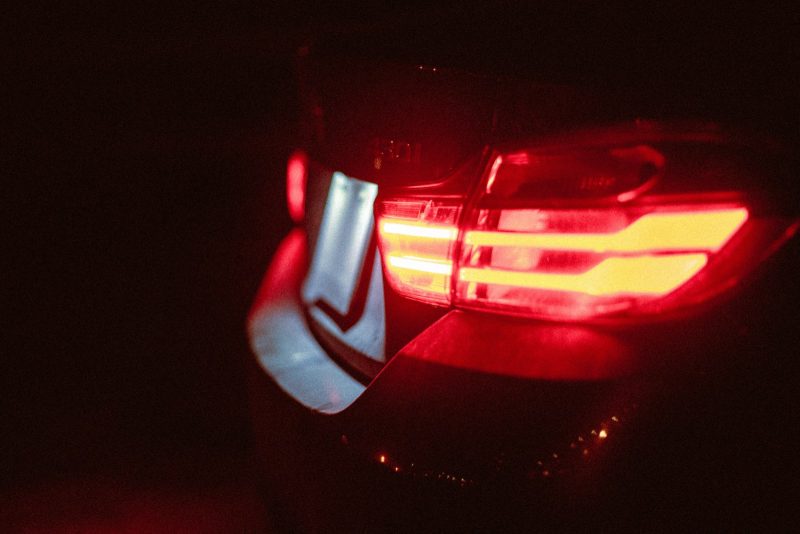Cases don’t always hinge on dramatic wreckage or severe weather conditions. Sometimes, it’s the little things: a missing screw, a faded sign, or in this case, a broken tail light, that become the foundation of a massive legal claim. A cracked or non-functioning light might seem minor, but when it plays a role in an accident, it can open the door to questions of liability, negligence, and long-term compensation. For instance, a Fort Collins car accident attorney once handled a case where such a detail turned what appeared to be a minor fender-bender into a life-altering lawsuit.
The Chain Reaction of a Simple Oversight
Let’s paint the picture: A driver slows down at a yellow light, intending to turn. The car behind them doesn’t notice the deceleration quickly enough and rear-ends them. Seems simple, right? But what if that lead car had a broken tail light, and the brake signal was dim or out altogether? Suddenly, that slight oversight becomes critical.
In legal terms, the court must now assess whether that malfunction contributed to the accident and to what degree. Did the faulty tail light prevent the rear driver from reacting in time? Should the lead driver have been aware of and addressed the issue earlier? These become pivotal questions; questions that can escalate a small claim into a seven-figure judgment, especially if there are injuries or permanent impairments involved.
Negligence Isn’t Always Obvious
Negligence is a cornerstone in personal injury litigation. It’s often defined as a failure to exercise reasonable care. But in many cases, it’s not about reckless driving or intoxication; it’s about maintenance. Failing to fix a broken part, no matter how minor, can be construed as negligence if it contributes to a crash.
This is especially true in states like Colorado, where comparative fault laws apply. If both parties share blame, the final compensation can shift significantly depending on the percentage of responsibility each party bears. A broken tail light may not make someone entirely at fault, but it might tip the scale enough to reduce, or even eliminate, their claim.
Evidence is Built from Details
Attorneys and investigators know that strong cases rely on a clear story supported by evidence. In accident cases, this includes photos, witness testimony, dashcam footage, and, yes, mechanical inspections. A damaged or unlit tail light could be documented in police reports, auto repair receipts, or even by eyewitnesses.
One overlooked benefit of working with an experienced Fort Collins car accident attorney is their ability to investigate these details thoroughly. They’ll know what to look for and what matters most in front of a judge or jury. For example, expert mechanics can testify whether a tail light had been broken for a long time or damaged during the crash itself. These nuances matter.
When Insurers Get Involved
Insurance companies are quick to examine any contributing factor to reduce their payout. If a tail light were broken, insurers might argue that the driver failed to maintain their vehicle properly, which could affect the outcome of the case. They may even reject a claim or offer a significantly reduced settlement.
In major injury cases, this can be a devastating outcome. That’s why early legal guidance is critical. An attorney can counteract these strategies with stronger evidence and more persuasive arguments. Even slight details in evidence presentation can affect how adjusters and jurors perceive fault.
The Legal Perspective on Small Details
While most drivers don’t consider a broken bulb to be a legal issue, courts see it differently. A vehicle on the road must meet safety standards, and visible tail lights are part of that. If they don’t function, it may be a violation of traffic laws, and that violation, no matter how minor, can support a broader negligence claim.
In a landmark case from another jurisdiction, a faulty tail light resulted in partial blame being assigned to a crash victim, reducing their compensation by nearly 30%. The message is clear: even small mechanical problems can carry weight in court. A knowledgeable car accident attorney will always treat them seriously and build their case accordingly.
Conclusion
Big cases are often made from small details. In the legal aftermath of a crash, something as seemingly insignificant as a broken tail light can completely shift the course of events. It’s a reminder that attention to detail isn’t just about safety, it’s about protecting your rights and your future. For those navigating these complex claims, consulting with a seasoned Fort Collins car accident attorney ensures that nothing, no matter how small, gets overlooked.








